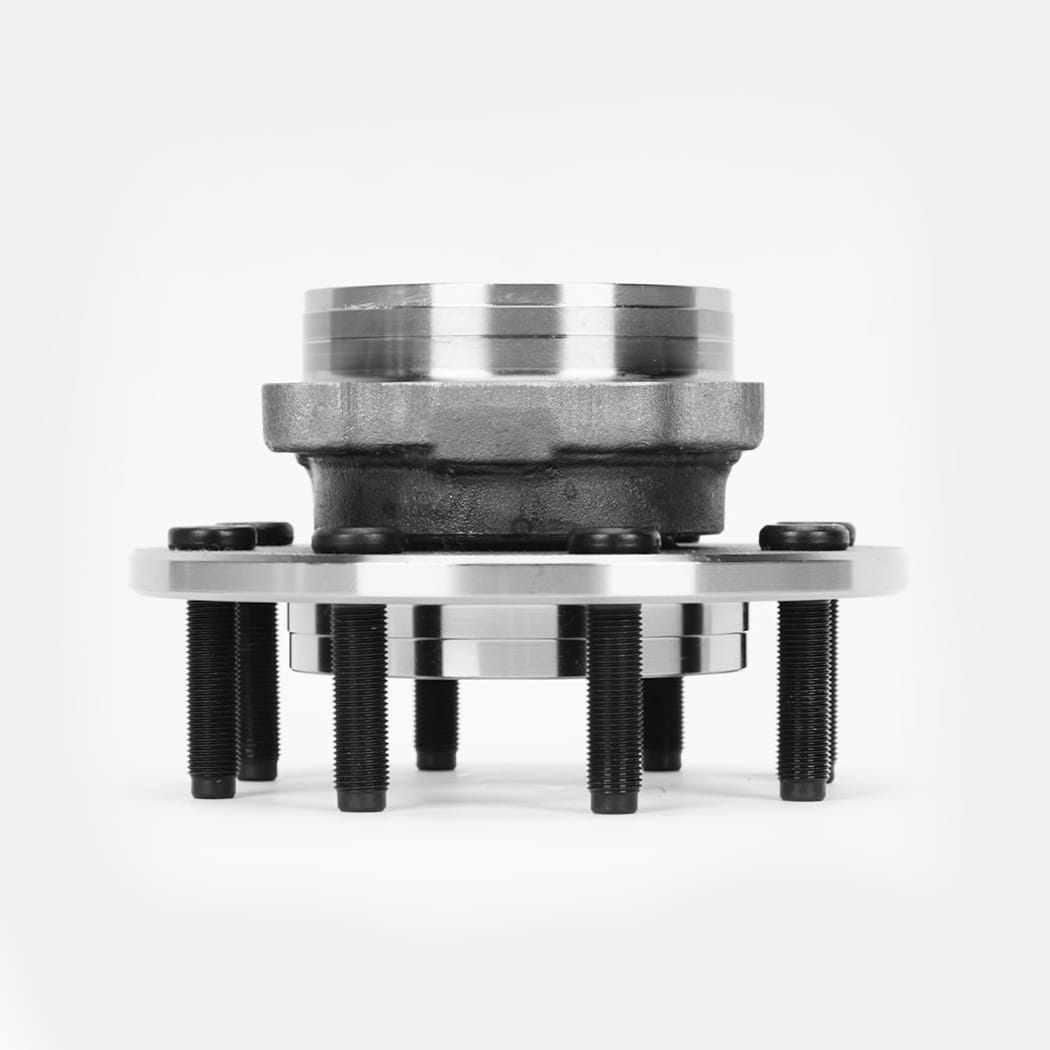Vehicle wheel bearings are critical components that enable smooth and efficient movement of your vehicle. They play a vital role in supporting the weight of the vehicle, allowing the wheels to rotate with minimal friction. Understanding the types and functions of wheel bearings is essential for vehicle owners and enthusiasts alike.
Types of Wheel Bearings
Ball Bearings: These are the most common type found in passenger vehicles. They consist of small steel balls that provide smooth rotation and support. Ball bearings are typically used in lighter vehicles due to their ability to handle radial loads.
Roller Bearings: These bearings use cylindrical rollers instead of balls. They can support heavier loads and are commonly found in trucks and larger vehicles. Roller bearings are less prone to deformation under heavy loads, making them ideal for applications requiring higher load capacities.
Tapered Roller Bearings: Tapered roller bearings can handle both radial and axial loads, making them versatile. They are commonly used in rear wheel assemblies and are designed to minimize friction while providing strength.
Angular Contact Bearings: These bearings can handle combined loads and are often used in performance vehicles. They provide higher precision and support in demanding conditions.
The Function of Wheel Bearings
Wheel bearings serve several essential functions:
Load Support: They bear the weight of the vehicle and any additional load from passengers or cargo.
Rotation: Wheel bearings allow the wheels to rotate freely and smoothly, reducing friction and wear on the tires and drivetrain.
Alignment: Properly installed wheel bearings help maintain wheel alignment, which is critical for tire longevity and vehicle handling.
Vibration Dampening: They absorb vibrations from the road, contributing to a smoother ride.

Signs of Wheel Bearing Failure
Understanding the signs of wheel bearing failure can prevent further damage and ensure safety. Common symptoms include:
Unusual Noises: A grinding or humming noise while driving, particularly when turning, can indicate worn bearings.
Vibration: Excessive vibration in the steering wheel may signal bearing issues.
Play in the Wheel: If there is noticeable movement in the wheel when grasped at the top and bottom, it may indicate a failing bearing.
Uneven Tire Wear: Worn bearings can lead to misalignment, causing uneven tire wear.
Maintenance and Replacement
Regular maintenance can extend the life of wheel bearings. Here are some tips:
Lubrication: Ensure wheel bearings are properly lubricated according to the manufacturer’s specifications.
Inspection: Periodically inspect bearings during tire rotations or routine service checks.
Replacement: If symptoms of failure are present, have a professional inspect and, if necessary, replace the wheel bearings.